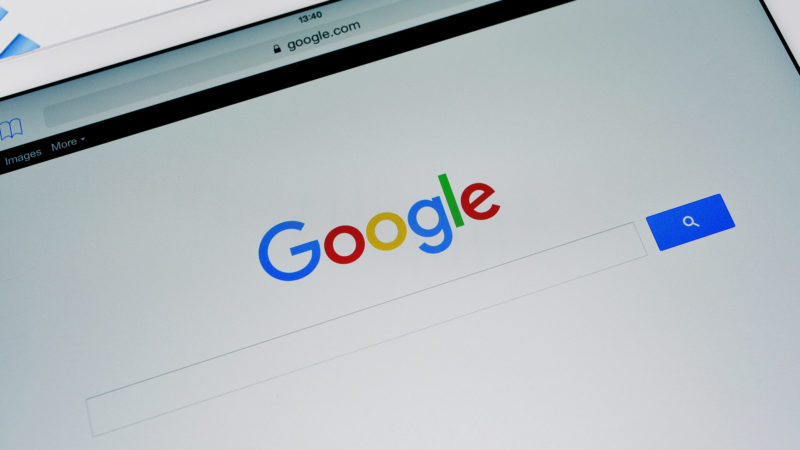The real impact of Google’s new paid search ad layout on organic search
We've heard a lot about how Google's changes to its paid ad display might impact advertisers, but what about those focused on organic search? Columnist Winston Burton discusses the impact on SEOs.
Over the years, the Search Engine Result Pages (SERPs) have changed a lot. Features like news, images, videos and the Knowledge Graph have impacted the display, sorting and order of SERPs, dramatically impacting organic listings.
Recently, Google decided that paid search ads will no longer appear on the right-hand side of search results for desktop users globally, and up to four paid search results will appear at the top of the page (up from a maximum of three previously).
Paid search ads that fall below the fourth rank will appear at the bottom of the page, which has limited visibility to end users, for a total of seven ads per page max.
This is a big change, but how does it really impact organic search?
The answer is a number of different ways, which I will explore shortly. But before I do, let’s examine why Google is doing this.
Like many companies, Google has seen mobile traffic grow at an accelerated pace over the past two years. This new layout makes the desktop experience very similar to the current mobile SERP. It will allow Google to provide more relevant results for end users and also provide better performance for advertisers.
The key here is the fact that Google is very good at understanding intent. Google can distinguish a transactional query from an informational query. So, if I did a search to buy a camera and got an organic listing first to download the manual, I would see that as bad user experience.
Alternatively, if I received a bunch of paid ads selling cameras and didn’t even see any organic listings, that would be a better user experience. If four paid ads suit the intent, even if they push everything else down below the fold, it’s still a good experience.
How does this impact organic search?
Now that paid search ads are taking up more organic real estate, click-through rates for organic search listings — especially in the first two positions — will probably decrease because the organic results have been pushed farther down the page. Indeed, on mobile, we were already seeing SERPs where no organic listings appeared above the fold.
Since the organic search results will be relegated to further down the list, this will cause more advertisers to get more visibility from the top paid search ads, but it comes at a high cost.
If brands really want to get the most out of search, they’ll need to create an integrated organic and paid search strategy with focus on top rankings and paid ads to maintain visibility and be in front of their target audiences.
This change will also make local search more important if you have a brick-and-mortar business, because end users will see paid ads, then the local pack, before even getting to organic results. This makes appearing in that local pack more critical than ever before.
This latest SERP change is going to impact the content that brands produce at all stages of the buyer journey, too. Modern consumer behavior has been characterized by Google as a series of intent-based moments (“micro-moments“) enabled by the high usage of mobile, which can be described as “I want to know, I want to go, I want to do and I want to buy.”
This is where the consumer comes into the fragmented path to purchase; the “funnel” that marketers often refer to doesn’t exist. The path to purchase is no longer linear.
Therefore, you must have content to reach the user at different stages of the user journey to turn these people into customers. That means differentiating your paid and organic landing pages and creating content that suits each.
With more paid listings appearing for “highly commercial queries,” you’ll need to focus paid landing pages towards searchers in the buying/decision-making stages, whereas your organic landing pages should be better positioned (and possibly expanded) to capture visitors in the research/consideration stages.
In summary, it will be more important to rank in the first two organic positions to capture the most clicks and visibility from organic search.
Since the organic results are getting pushed farther down the page now, both paid and SEO must work together to make 1+1=3. Don’t be afraid to compete with yourself and show the holistic value of integration.
Final Thoughts
The SERPs will continue to evolve as Google looks for new and innovative ways to make the desktop experience similar to the current mobile SERP and provide the most relevant results for end users.
Agencies and brands must adapt to the dynamic landscape of the SERPs and put together results-driven strategies and tactics using both paid and organic search together to maximize ROI, capture more conversions and provide end users with relevant content in their moment of need.
Also, perhaps this is a good way to “train” end users into accepting paid-only results at times on mobile phones, especially because of the limited real estate on mobile devices.
Contributing authors are invited to create content for Search Engine Land and are chosen for their expertise and contribution to the search community. Our contributors work under the oversight of the editorial staff and contributions are checked for quality and relevance to our readers. The opinions they express are their own.
Related stories
New on Search Engine Land
